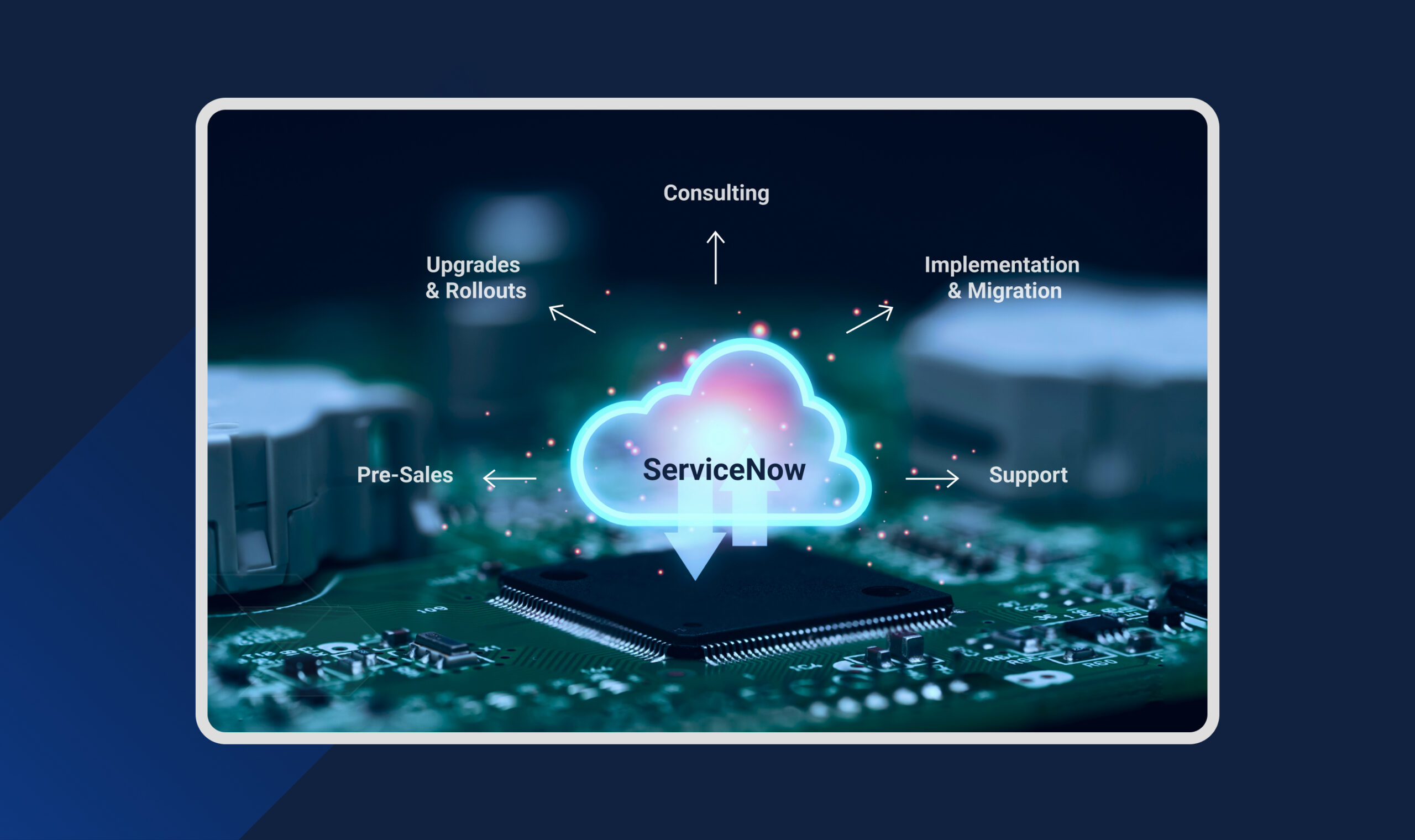
The Internet of Things (IoT) is revolutionizing the way we live and work. From smart homes and connected cars to industrial automation and healthcare advancements, IoT is everywhere. Businesses and individuals are embracing IoT-driven solutions to improve efficiency, reduce costs, and enhance convenience. But what exactly makes IoT so beneficial?
In this blog, we’ll explore the major advantages of IoT and how it is shaping industries and everyday life.
Enhanced Connectivity & Automation
One of the biggest advantages of IoT is seamless connectivity. Devices, sensors, and systems can communicate with each other in real time, enabling automation and reducing manual efforts.
How IoT Enhances Connectivity
- IoT devices are connected through Wi-Fi, Bluetooth, 5G, and cloud computing, ensuring smooth data transfer.
- Industries like manufacturing use automated IoT systems to monitor machines and optimize workflows.
- Smart homes leverage IoT-enabled thermostats, lights, and security systems that adjust automatically based on user preferences.
Improved Efficiency & Productivity
IoT enables businesses to streamline operations, leading to better efficiency and higher productivity.
How IoT Boosts Productivity
- Automated workflows: IoT eliminates repetitive tasks by automating processes.
- Real-time monitoring: Businesses can track machine performance and detect failures before they occur.
- Data-driven decision-making: IoT provides real-time analytics that helps companies optimize their strategies.
Cost Savings & Resource Optimization
IoT helps businesses cut costs by reducing waste, improving asset utilization, and lowering operational expenses.
Ways IoT Reduces Costs
- Predictive maintenance: Sensors detect potential machine failures before they happen, reducing costly downtime.
- Energy efficiency: Smart IoT devices control lighting, heating, and cooling based on usage, minimizing energy consumption.
- Supply chain optimization: IoT improves inventory management, reducing unnecessary expenses and preventing overstocking.
Better Decision-Making with Real-Time Data
IoT generates vast amounts of data, allowing businesses and individuals to make informed decisions quickly.
How IoT Enhances Decision-Making
- Instant insights: Businesses can analyze real-time data from connected devices to improve operations.
- Proactive problem-solving: Companies can identify and fix inefficiencies before they escalate.
- Enhanced customer experience: Businesses can personalize services based on customer behavior.
Enhanced Security & Safety
IoT plays a crucial role in ensuring security and safety, both in homes and workplaces.
How IoT Improves Security
- Smart surveillance: IoT-powered security cameras provide live monitoring and instant alerts.
- Access control systems: IoT-based biometric authentication ensures only authorized personnel access restricted areas.
- Real-time alerts: IoT sensors detect smoke, gas leaks, or unusual activity, preventing potential hazards.
Personalized User Experiences
IoT adapts to user preferences, providing a personalized and convenient experience.
How IoT Enhances Personalization
- Smart home automation: IoT-powered devices learn user habits and adjust settings automatically.
- Wearable technology: Fitness trackers analyze activity levels and suggest customized workout plans.
- AI-powered assistants: Virtual assistants like Alexa and Google Home provide tailored recommendations based on past interactions.
Sustainability & Environmental Benefits
IoT contributes to a greener and more sustainable world by optimizing resource consumption and reducing waste.
How IoT Supports Sustainability
- Smart grids: IoT helps optimize energy distribution, reducing electricity wastage.
- Smart agriculture: IoT sensors monitor soil conditions and automate irrigation, conserving water.
- Eco-friendly transportation: IoT-enabled traffic management systems reduce congestion and emissions.
Future of IoT
As technology evolves, IoT is expected to grow even further, with new applications enhancing its capabilities.
Emerging IoT Trends
- 5G integration: Faster connectivity will enhance IoT performance.
- Edge computing: Data processing closer to the source will reduce latency.
- AI-powered IoT: Artificial Intelligence will make IoT devices smarter and more responsive.
- Smart cities: IoT will play a major role in urban development, making cities more efficient and sustainable.
Conclusion
The Internet of Things is reshaping industries, businesses, and everyday life by offering connectivity, efficiency, security, personalization, and sustainability. With its ability to automate processes, optimize resources, and provide real-time insights, IoT is an essential technology for the future.
As businesses and individuals continue to embrace IoT, its potential to improve lives and drive economic growth will only expand. Now is the perfect time to invest in IoT solutions to stay ahead in this rapidly evolving digital landscape.
How Amazatic Can Help You with IoT Solutions
At Amazatic, we specialize in IoT consulting, development, and integration. Our experts help businesses leverage IoT to improve operations, enhance customer experiences, and drive innovation. Whether you’re looking to develop smart solutions for your industry or optimize existing systems, our IoT services are tailored to meet your specific needs.
Want to unlock the full potential of IoT for your business? Get in touch with Amazatic today- contact@amazatic.com.








